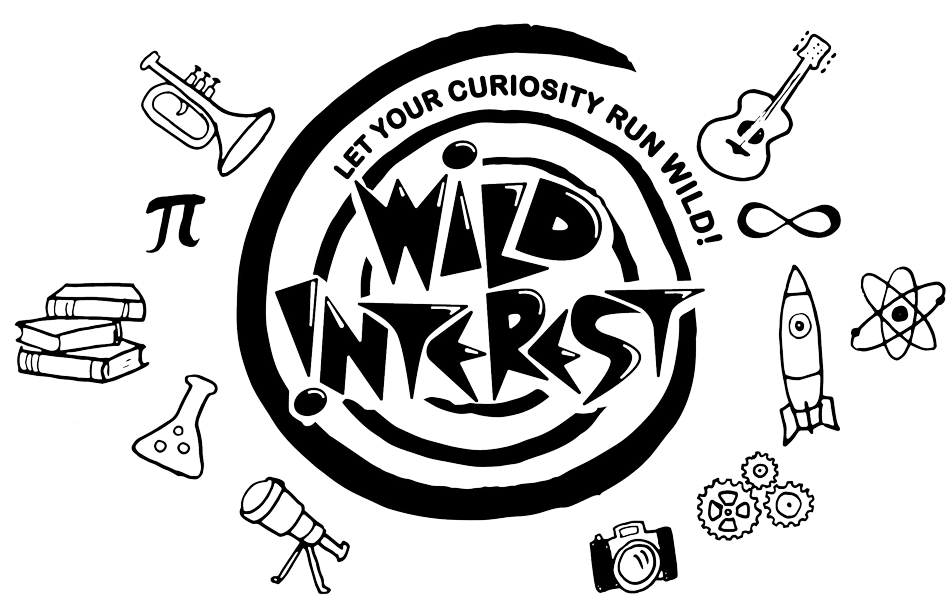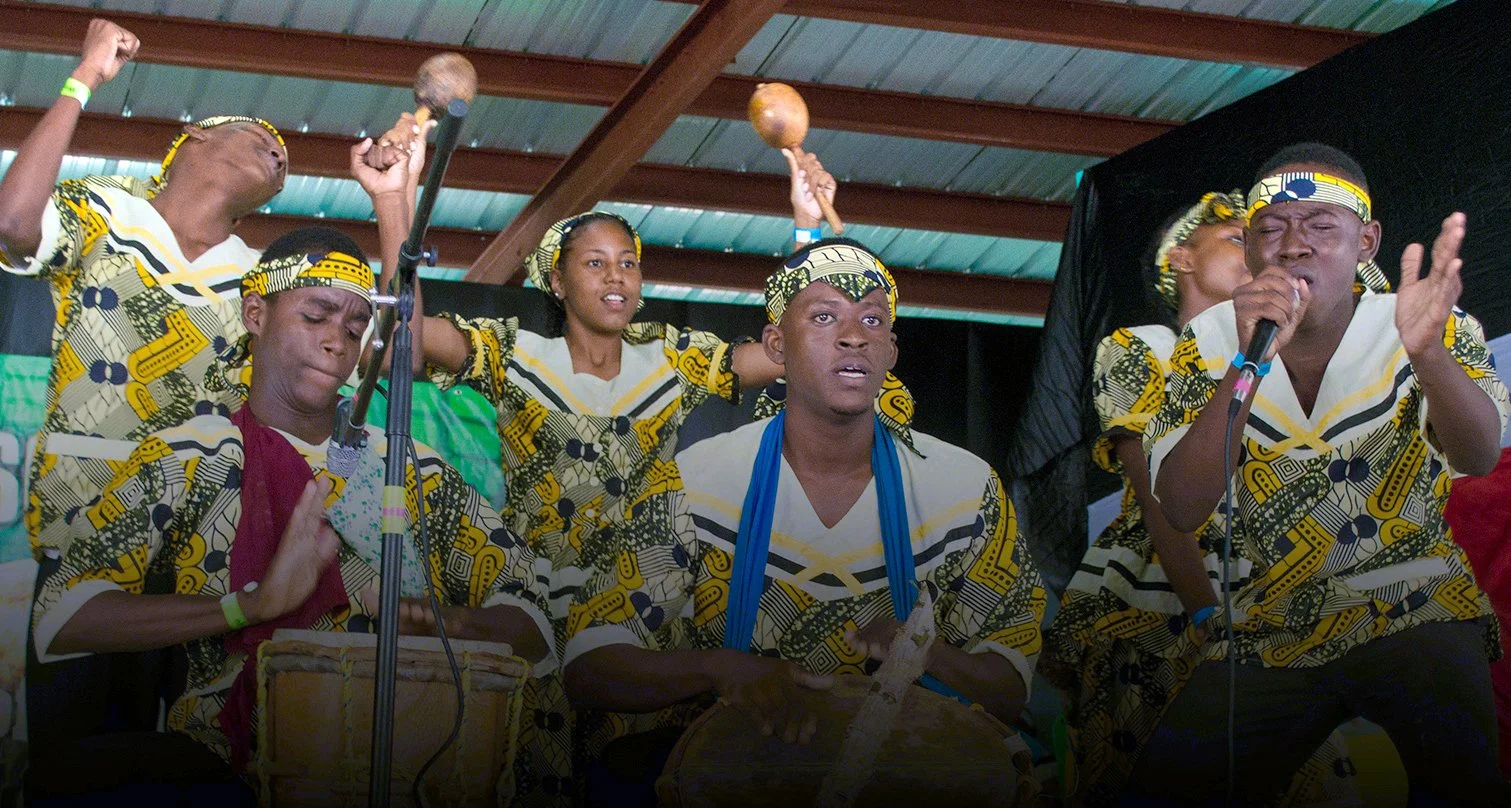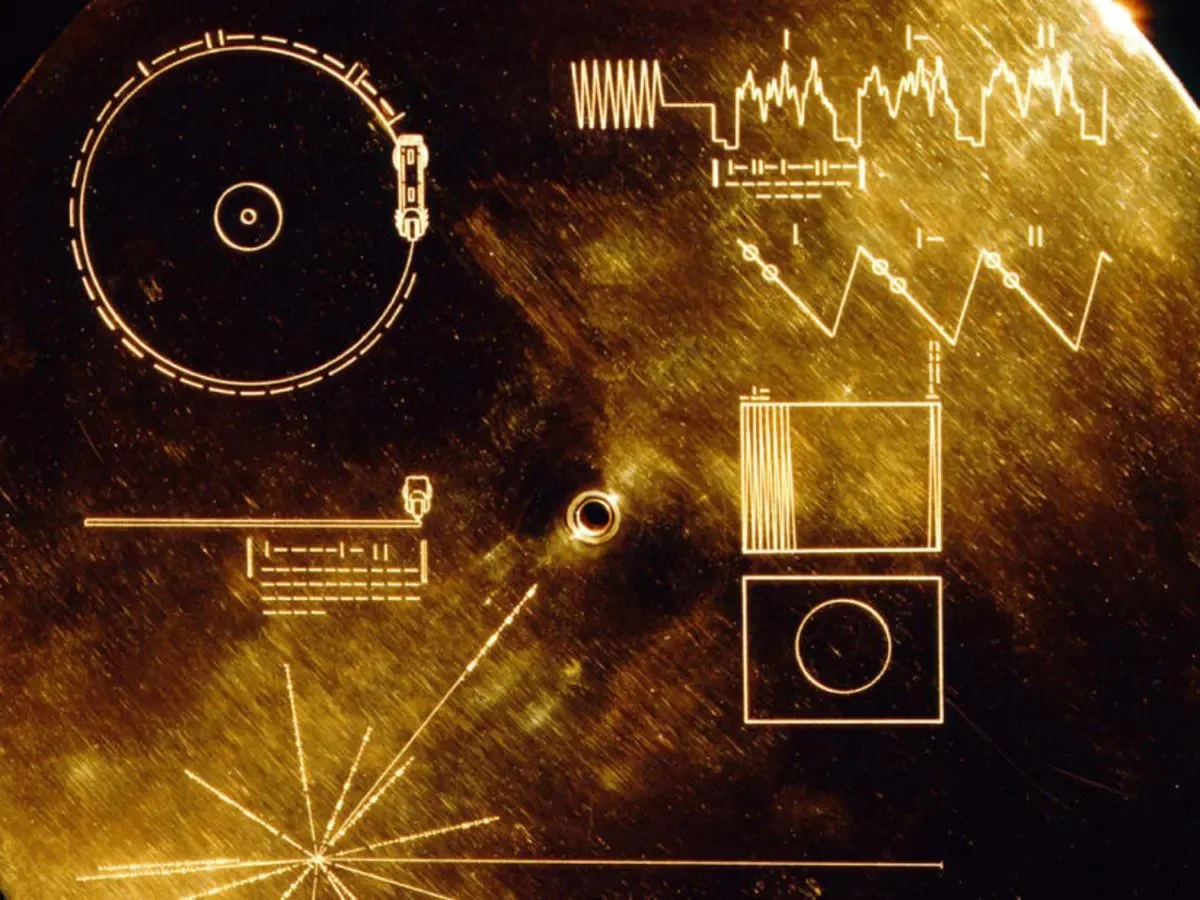Wild Rhythms, Universal Language: How Music Connects Us All (Even Aliens)
Why Music?
Why does a baby instinctively sway when they hear a beat? Why can a toddler who doesn’t yet speak a full sentence hum along to a song after just a few listens? Why does a lullaby from one culture still feel comforting to a listener from halfway across the globe?
The answer lies in something both incredibly simple and unimaginably complex: music.
Music is often called the universal language, but that phrase doesn’t quite capture the full magic. Music is a bridge. A feeling. A fingerprint of culture, history, emotion, and imagination. It's also one of the first tools we ever use to connect with others — especially in childhood.
In this episode of Wild Interest, we dive deep into the role of music in childhood, in global traditions, and even in the cosmos. From the deep, joyful drumming of the Garifuna people in Belize to a mysterious fiddling waterfall creature in Norway… from a bluegrass legend on the Colorado plains to a golden record hurtling through the stars… this episode reminds us that music isn’t just something we hear. It’s something we share.
Garifuna performers in action.
The Beat Begins in Belize: Garifuna Drumming and Cultural Roots
Our journey starts on the Caribbean coast of Belize, where Nichole and Evan meet two musicians from Seine Bight — Kirwin Ramirez and Kayton Martinez. They’re carrying on the proud tradition of Garifuna drumming, a percussive musical style with deep roots in West Africa, carried across oceans and generations.
This isn’t just music. It’s history in motion.
The Garifuna people — descended from West African, Central African, and Indigenous Caribbean ancestors — have preserved their language, dance, and drumming traditions through centuries of displacement. Today, their music is a vibrant pulse that runs through the communities of Belize, Honduras, Nicaragua, and beyond.
Drumming in the Garifuna style is complex, collaborative, and communicative. Children learn by doing — watching elders, joining in, practicing for community celebrations and competitions like the epic Battle of the Drums.
What’s striking about talking to Kirwin and Kayton isn’t just their musical talent. It’s the way they talk about legacy. About learning from grandfathers. About rhythm as language. About how the sound of a drum can speak the stories that words alone can’t tell.
For children, this kind of intergenerational music-making does more than entertain. It builds confidence, coordination, and cultural literacy. It grounds them in identity and gives them a voice — even before they’ve found the words.
Happy kid rockin’ out!
Music and the Brain: Why It Matters for Kids
Long before a child utters “mama” or “dada,” they’re tuning in to the musical world around them.
According to developmental psychologists, music is a crucial part of early childhood development. Rhythm and melody help kids recognize patterns. Singing together builds social bonds. And because music lights up nearly every part of the brain, it’s one of the most powerful tools we have to stimulate cognitive growth.
Music is language, memory, math, and movement all in one.
It also helps children regulate emotion. A lullaby soothes. A silly song excites. A familiar tune creates a sense of safety and continuity. This emotional attunement is essential for social-emotional learning — a core skill that lays the foundation for everything from empathy to cooperation.
Whether it’s banging on a pot with a spoon, dancing to a favorite song, or learning the delicate rhythm of Garifuna drums, children are natural music makers. We just have to keep the instruments (and opportunities) close by.
Ron Thomason (center on banjo) and the Dry Branch Fire Squad.
High Notes and Horse Trails: Ron Thomason’s Bluegrass Journey
From the sun-drenched coast of Belize, the episode takes us to the high plains of Colorado, where bluegrass pioneer Ron Thomason keeps time in a very different way — raising horses and playing music with his band, Dry Branch Fire Squad.
Ron’s a storyteller. A musician’s musician. And maybe most importantly for this episode, a believer in passing it on. Alongside fellow musician Heidi Lambert, he’s opened a musical instrument library for kids in Westcliffe, Colorado. Mandolins, fiddles, banjos — all available to check out like books at a library. Plus lessons.
Ron also introduces us to the tradition of “hambone,” a body percussion technique that originated with enslaved Africans in the American South, who were forbidden from using drums. Hambone uses clapping, slapping, stomping, and rhythm made with nothing but your own body — a way of turning human movement into sound, of reclaiming rhythm under restriction.
Ron’s hambone demonstration is funny, joyful, and impressive — but also deeply meaningful. It’s a reminder that music isn’t dependent on expensive gear or formal training. If you have a body, you have an instrument. And if you have a community, you have a band.
Engravings on the Voyager Golden Space Record telling alien species how to decode the record and where to find Earth.
Into the Cosmos: The Voyager Golden Record
Is music really a universal language?
Carl Sagan and his team thought it might be — or at least hoped so. That’s why in 1977, they created the Voyager Golden Record, a 12-inch copper disc plated in gold and attached to NASA’s Voyager One spacecraft. The idea was simple: if alien life ever found it, they’d discover a time capsule of human existence.
It includes greetings in 55 languages, the sound of a heartbeat, a baby crying, the crash of ocean waves… and a global mixtape featuring everything from Bach to Senegalese drumming to Chuck Berry.
What’s stunning is that the team knew the odds of someone (or something) finding and playing it were astronomically low. But they did it anyway. As an act of optimism. A kind of musical message in a bottle, flung into a sea of stars.
And it’s still traveling — 15 billion miles from Earth and counting. Voyager One has now left our solar system entirely, entering what scientists call interstellar space. The Golden Record may outlast humanity itself.
So if an alien DJ ever spins that record on some distant exoplanet radio show, they’ll hear a collage of human life. And at the center of that story? Music.
The Fossegrim: Norway’s Waterfall Fiddler
As if this episode weren’t rich enough already, Wild Interest also takes a trip to Norway’s misty fjords to meet a creature from folklore who — conveniently — is amazing at playing the fiddle.
Meet the Fossegrim: a magical being said to live behind waterfalls. He plays the fiddle so beautifully that even chairs and tables are rumored to dance. According to legend, if you bring him an offering (a plump goat will do) on a Thursday evening, he may come out and teach you to play.
This cryptid corner segment is whimsical and weird in the best possible way. But it also speaks to something deeper: the way music, mythology, and magic intertwine across cultures. From trolls in Norway to trickster fiddlers in American blues lore, stories of musicians making deals for talent are surprisingly universal.
And they almost always involve the same thing: music as power. Music as gift. Music as something worth seeking — even in waterfalls.
What We Hope Kids Take Away
When children listen to this episode, we hope they don’t just come away humming. We hope they come away asking questions. We hope they bang a rhythm on the kitchen table or grab a ukulele with fresh enthusiasm. We hope they hear that music doesn’t just belong in concert halls or on streaming apps — it belongs to them.




